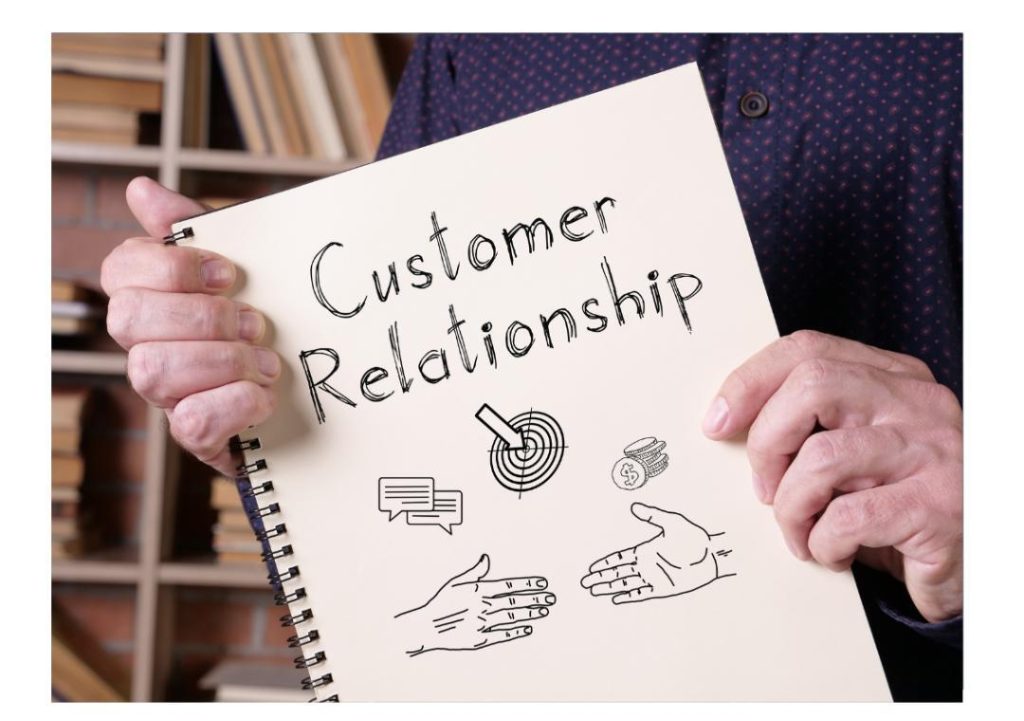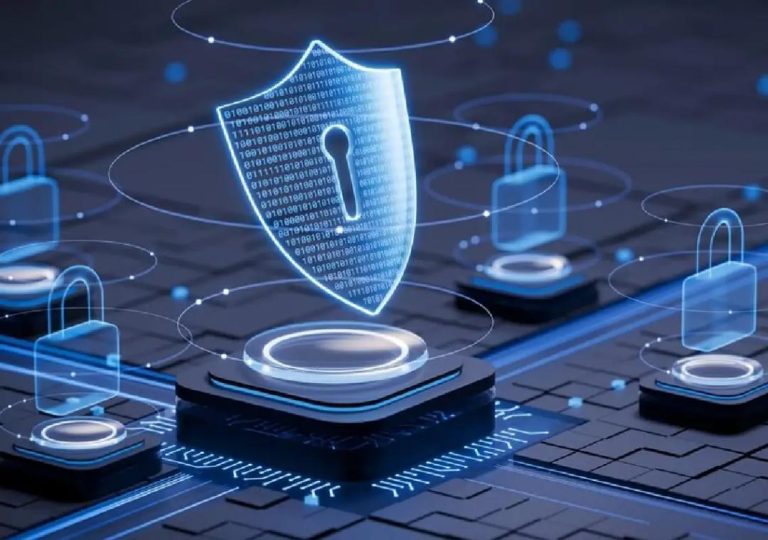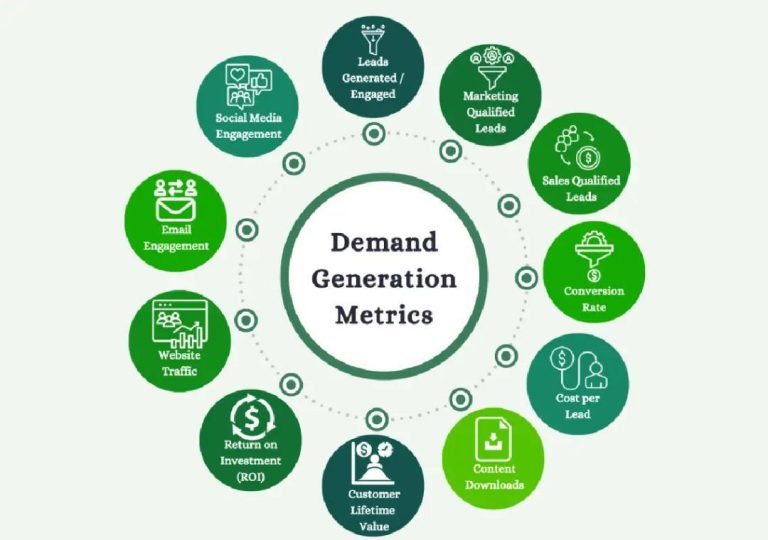
Customer Relationships in D2C and B2C Models
In today’s fast-paced and digitally driven market, companies are constantly seeking innovative ways to engage with their customers and build strong, lasting relationships. Two prominent models that have gained significant attention in recent years are Direct-to-Consumer (D2C) and Business-to-Consumer (B2C). While both models share the ultimate goal of connecting with customers, they differ significantly in their approach, strategies, and outcomes.
In this blog post, we will delve into the key differences between D2C and B2C models, focusing on customer relationships, and explore the benefits and challenges of each approach.
D2C Companies: The Power of Direct Engagement
D2C companies operate by cutting out intermediaries, such as retailers, and engaging directly with customers. This approach enables them to build strong, personalized relationships with customers, gather valuable feedback, and refine their products and services accordingly. With D2C, companies have complete control over branding, marketing strategies, and customer interactions, allowing them to tailor their experiences to specific customer segments.
Some notable examples of D2C companies include Warby Parker, Dollar Shave Club, and Casper. These companies have successfully leveraged direct engagement to build loyal customer bases and drive growth.
Benefits of D2C Model:
- Personalized Experiences: D2C companies can gather valuable customer data and use it to create tailored experiences, increasing customer satisfaction and loyalty.
- Real-time Feedback: Direct engagement enables companies to collect instant feedback, which helps refine products and services, reducing the risk of launching unsuccessful products.
- Better Control: D2C companies have complete control over branding, marketing strategies, and customer interactions, allowing them to maintain a consistent brand image.
- Increased Customer Loyalty: Direct engagement fosters strong, personal relationships, leading to increased customer loyalty and retention.
Challenges of D2C Model:
- Higher Operational Costs: D2C companies bear the responsibility of managing logistics, customer support, and inventory, increasing operational costs.
- Market Saturation: With the rise of D2C, the market has become increasingly saturated, making it challenging for companies to stand out and differentiate themselves.
- High Customer Expectations: D2C companies are expected to provide exceptional customer experiences, which can be challenging to maintain, especially during periods of high demand.
B2C Companies: The Role of Retailers
B2C companies, on the other hand, operate by selling their products through retailers, who handle customer interactions, sales, and logistics. This approach can reduce direct engagement with customers, limiting access to valuable consumer data and making it more challenging to build strong, personalized relationships.
Benefits of B2C Model:
- Scalability: B2C companies can leverage the existing distribution networks of retailers to reach a larger audience and scale their business quickly.
- Reduced Operational Costs: B2C companies do not have to invest in managing logistics, customer support, and inventory, reducing operational costs.
- Established Brand Recognition: B2C companies can benefit from the established brand recognition and reputation of retailers.
Challenges of B2C Model:
- Limited Control: B2C companies have limited control over customer interactions, sales, and marketing strategies, making it challenging to maintain a consistent brand image.
- Reduced Customer Data: B2C companies have limited access to customer data, making it difficult to gather valuable insights and create personalized experiences.
- Dependence on Retailers: B2C companies are dependent on retailers for customer interactions, which can lead to a loss of control and potentially negative experiences.
Conclusion
In conclusion, both D2C and B2C models have their unique benefits and challenges. D2C companies, by engaging directly with customers, can build strong, personalized relationships, gather valuable feedback, and refine their products and services. However, this approach requires significant investment in operational costs and customer support. B2C companies, on the other hand, can leverage the existing distribution networks of retailers to scale their business quickly, but may have limited control over customer interactions and reduced access to valuable consumer data.
Ultimately, the choice between D2C and B2C models depends on a company’s business goals, resources, and target audience. By understanding the strengths and weaknesses of each approach, companies can develop a strategy that best suits their needs and builds strong, lasting customer relationships.
Source:
https://www.growthjockey.com/blogs/d2c-vs-b2c-key-differences






